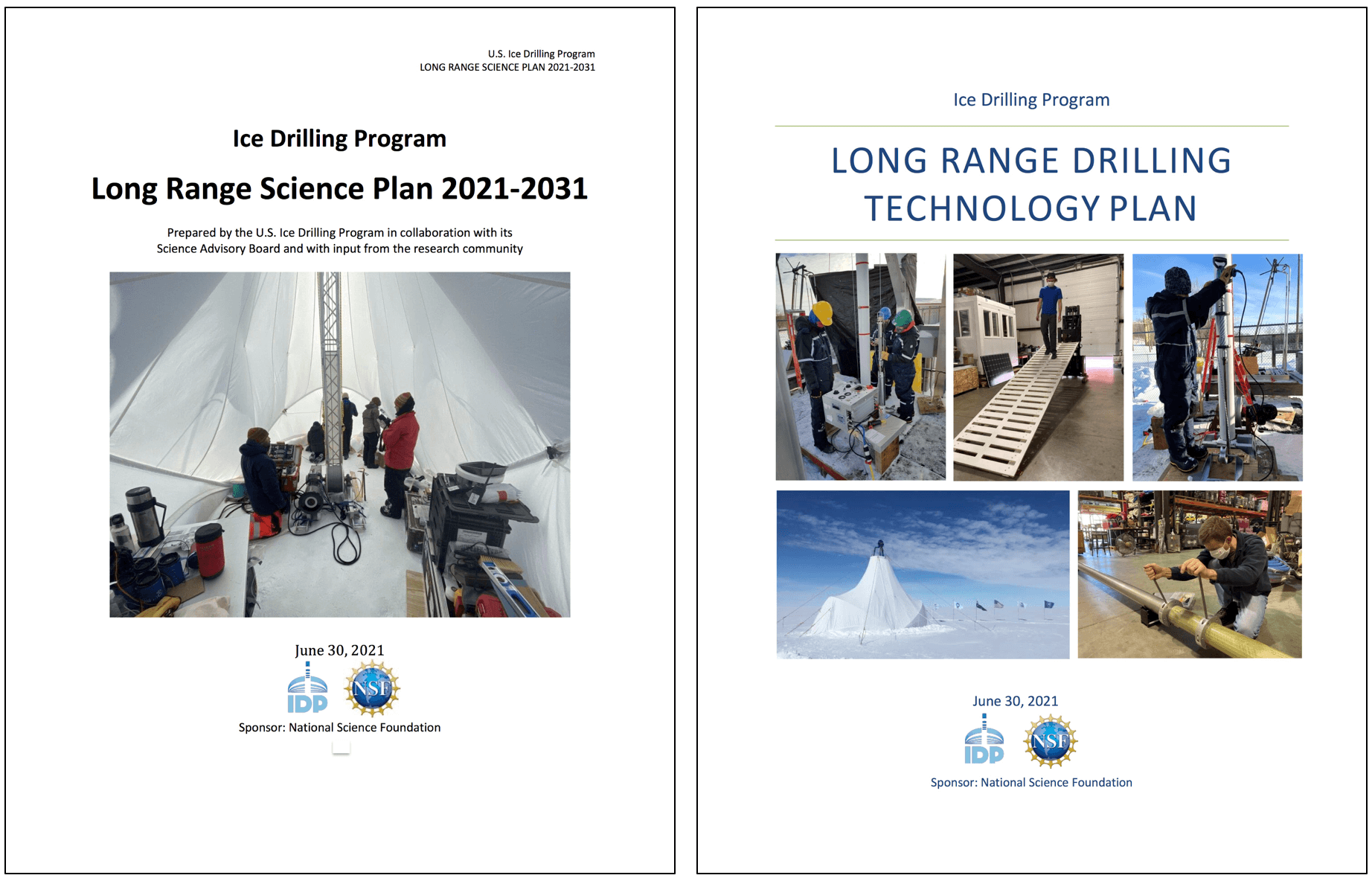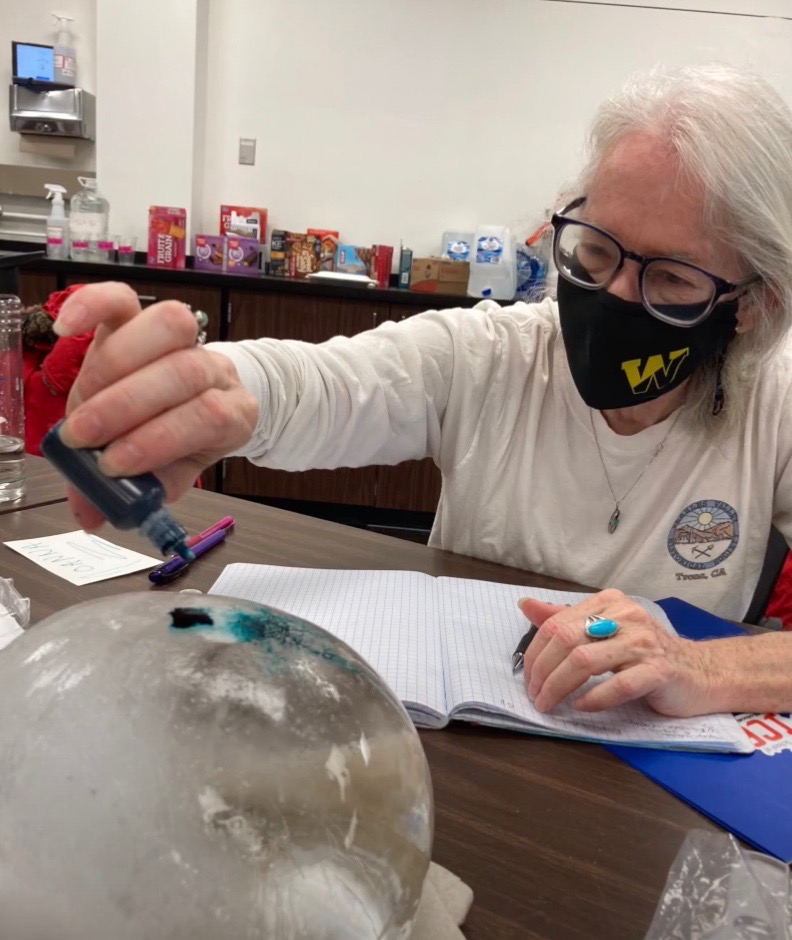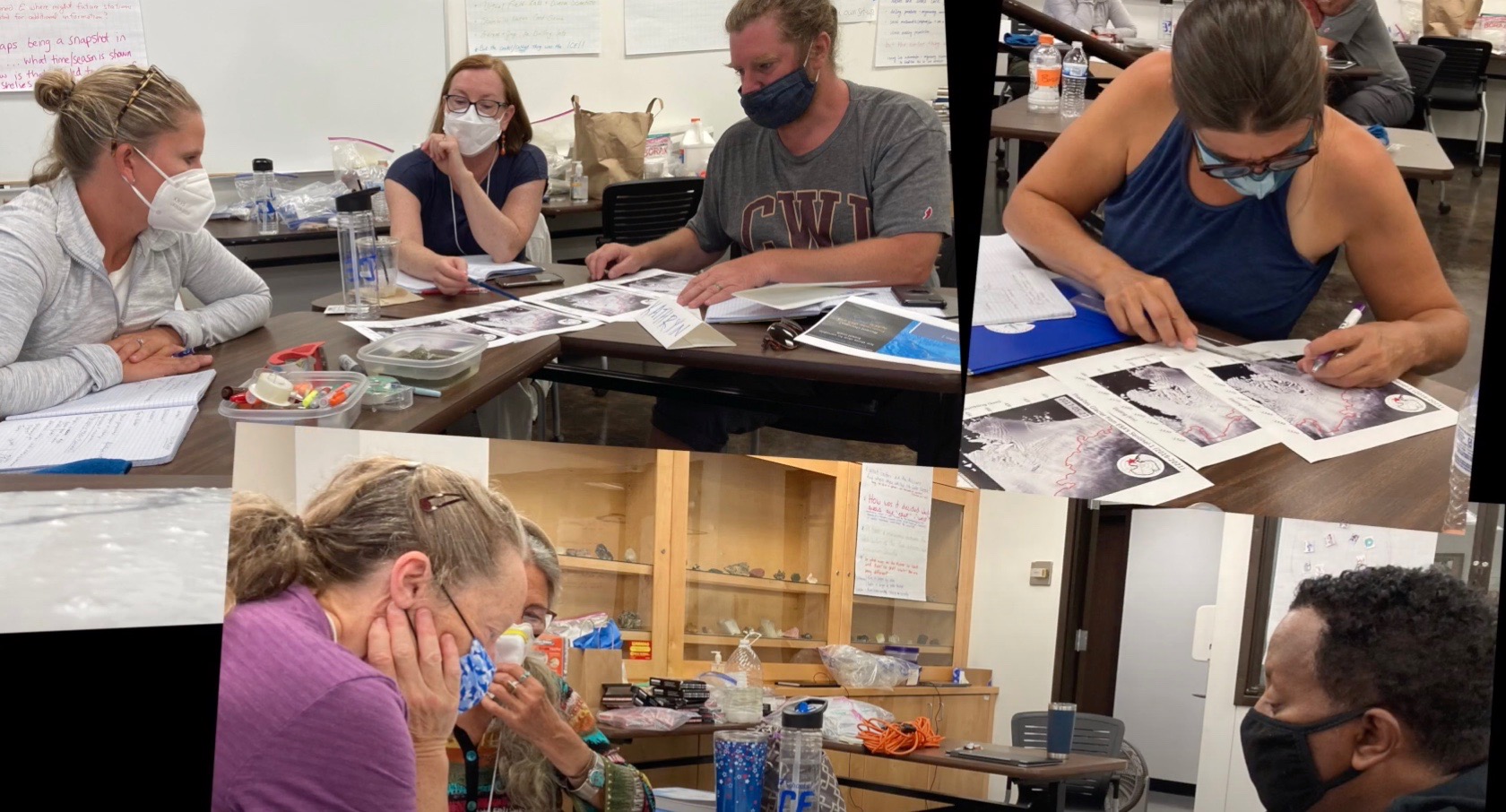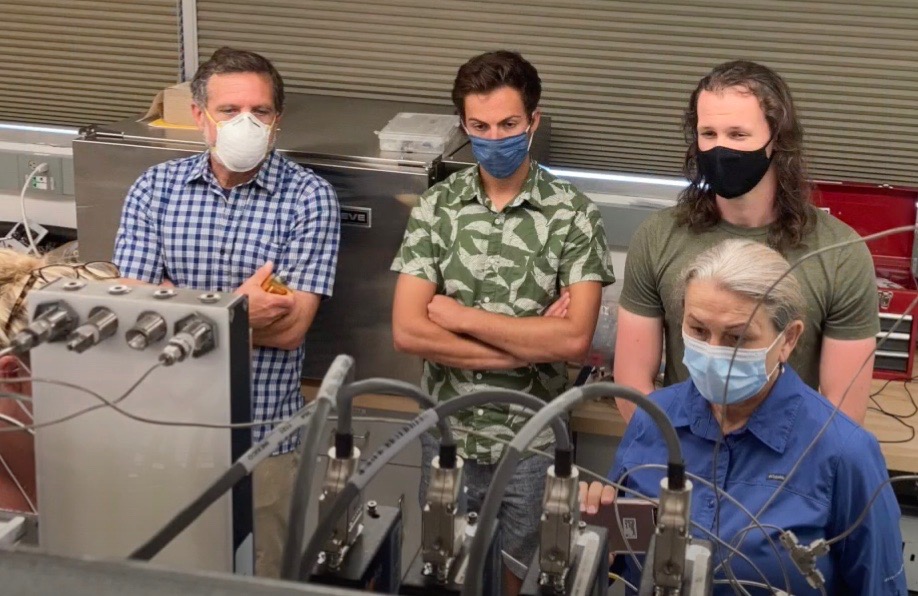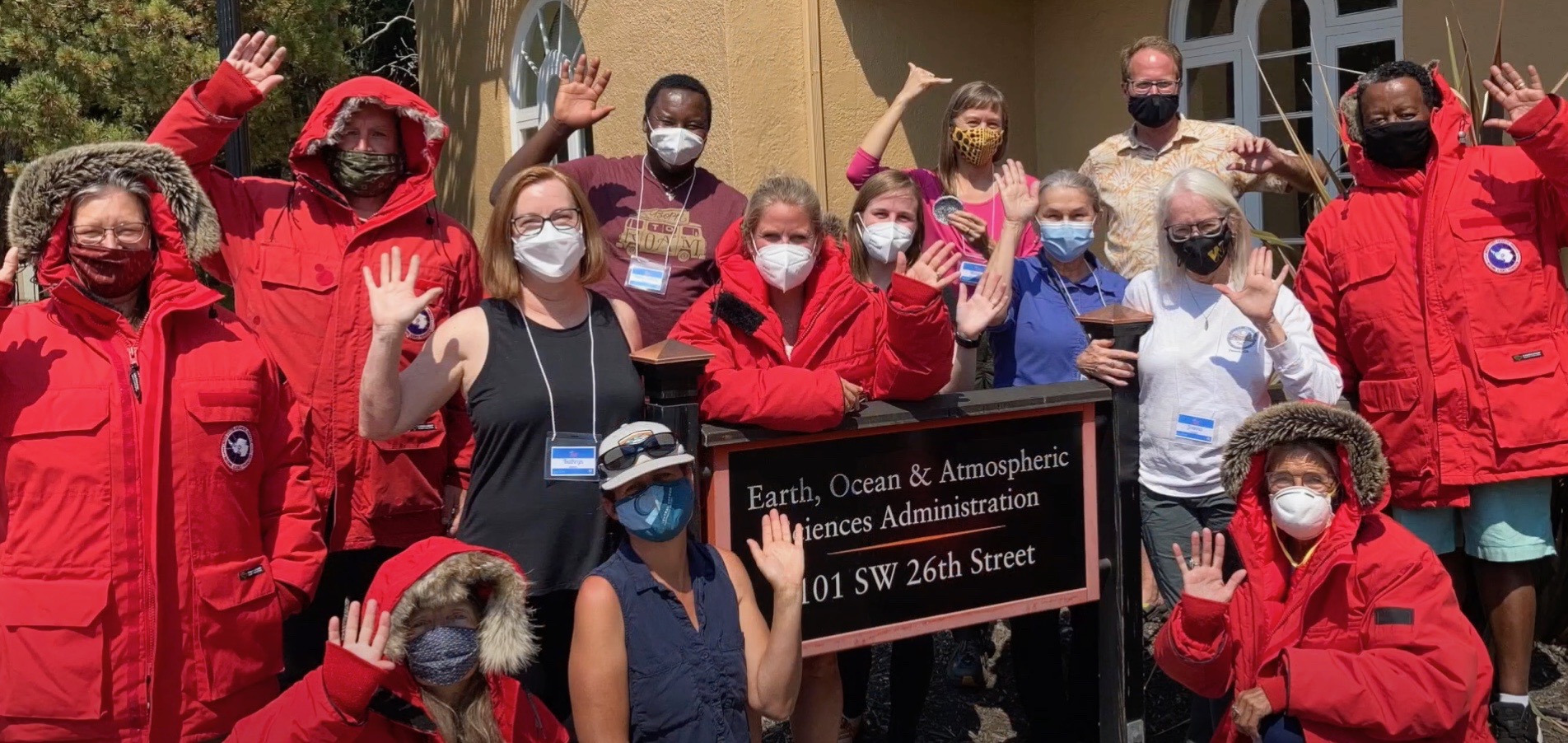The U.S. Ice Drilling Program (IDP), in collaboration with its Science Advisory Board and with input from the research community, updated the Long Range Science Plan. The purpose of this plan is to articulate goals and make recommendations for the direction for U.S. ice coring and drilling science in a wide variety of areas of scientific inquiry and to make recommendations for the development of drilling technology, infrastructure, and logistical support needed to enable the science. A companion document, the Long Range Drilling Technology Plan, provides details about drills available through IDP. Both plans are revisited and revised as appropriate each spring. The Long Range Science Plan is available at https://icedrill.org/long-range-science-plan. The Long Range Drilling Technology Plan is available at https://icedrill.org/long-range-drilling-technology-plan.
If you envision the need for ice drilling for your project in the coming decade, please make sure that the high-level articulation of your science is captured in the Long Range Science Plan. If it isn’t, send several sentences to IceDrill@Dartmouth.edu describing the science driver and the envisioned field date and location for your project, so that your plans are voiced in this planning document.

